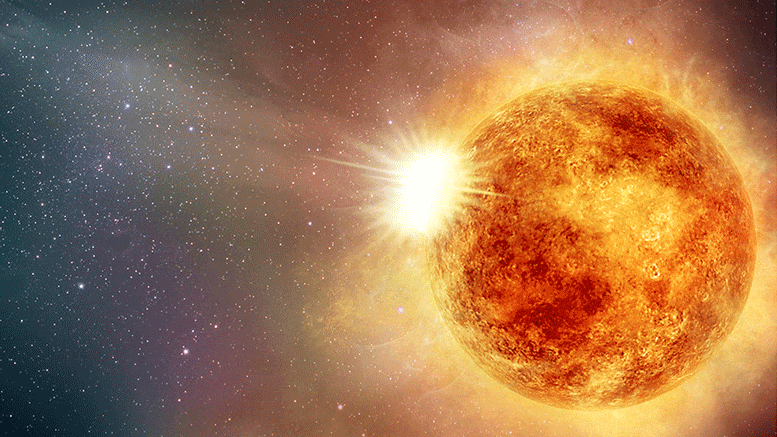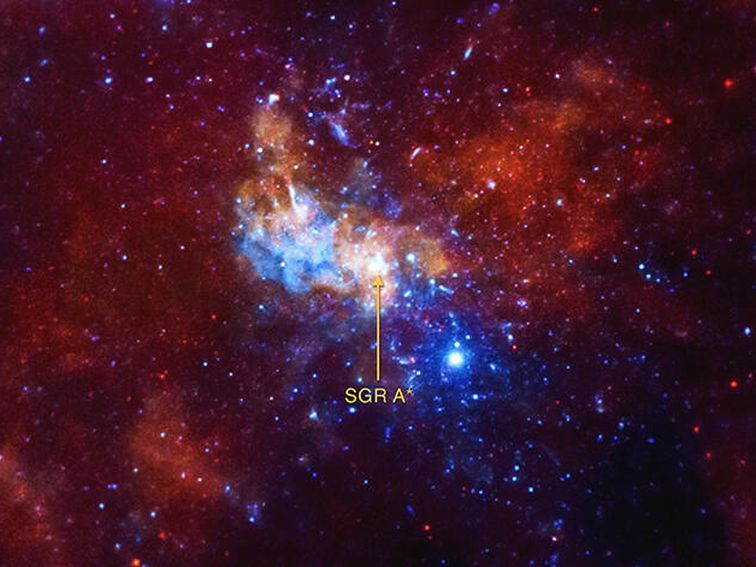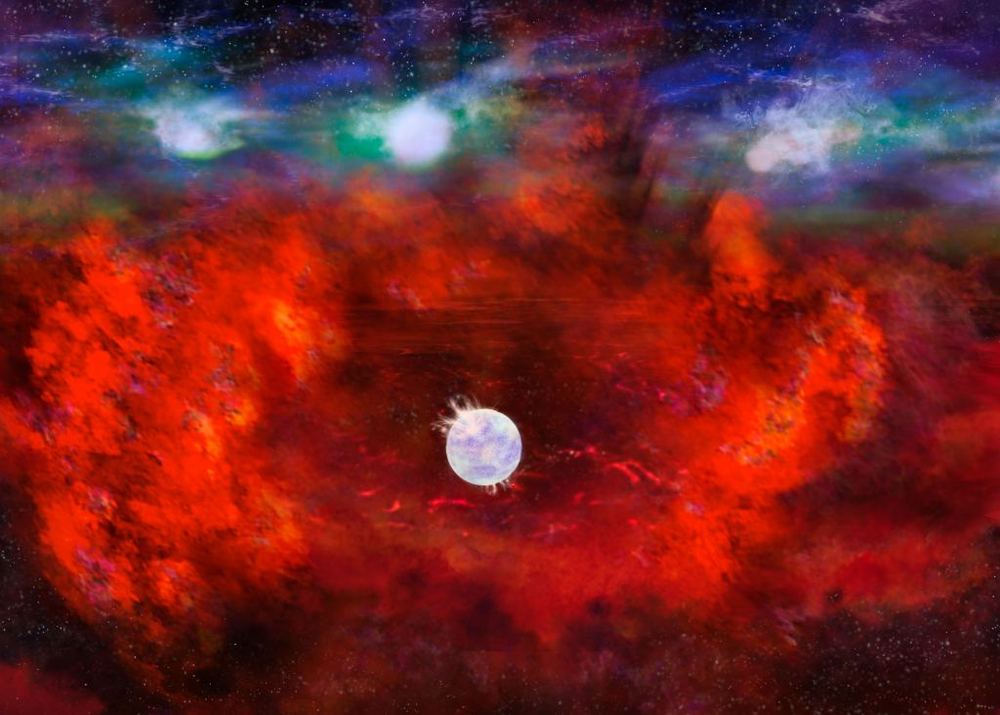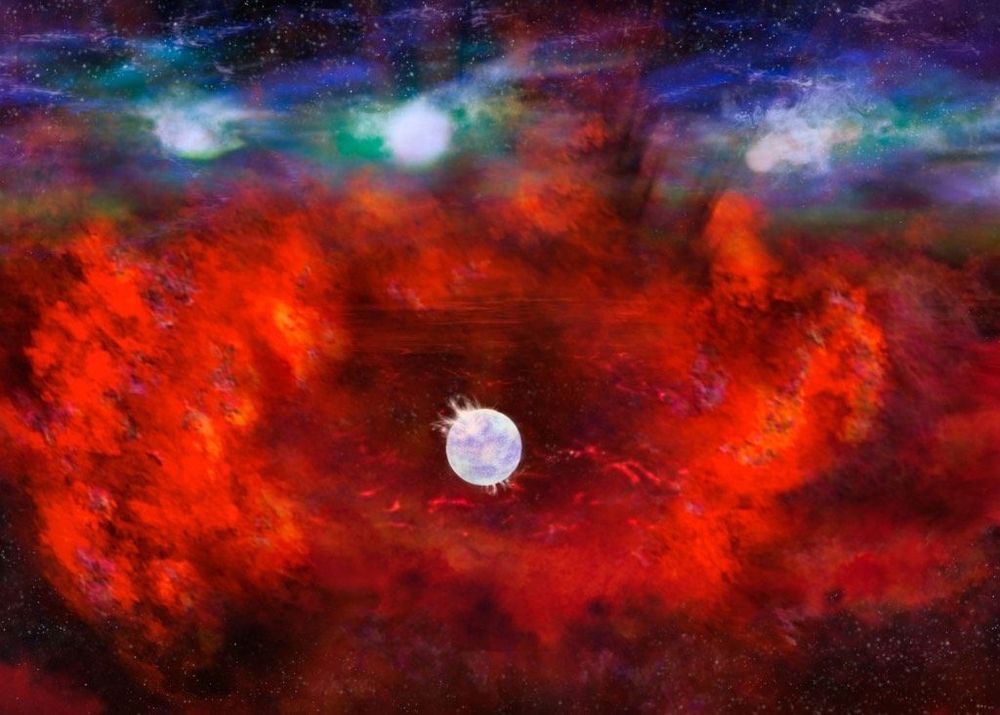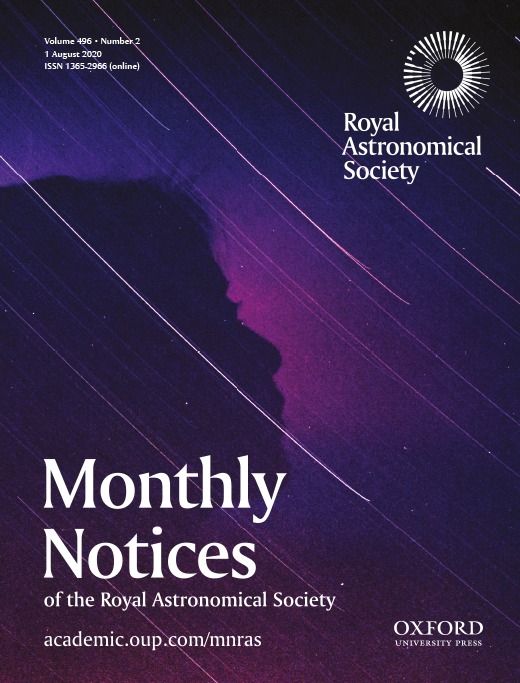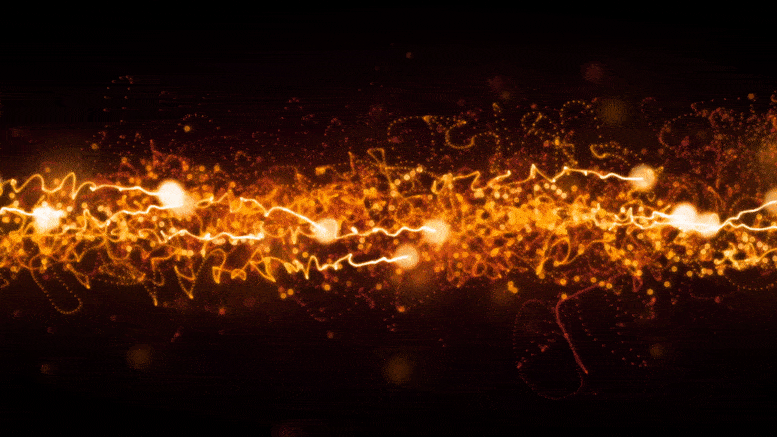Aug 13, 2020
Hubble Finds Cause for Betelgeuse’s Mysterious Dimming – Is Aging Red Supergiant About to Supernova?
Posted by Genevieve Klien in categories: cosmology, materials
Hubble Finds That Betelgeuse’s Mysterious Dimming Is Due to a Traumatic Outburst
Observations by NASA ’s Hubble Space Telescope are showing that the unexpected dimming of the supergiant star Betelgeuse was most likely caused by an immense amount of hot material ejected into space, forming a dust cloud that blocked starlight coming from Betelgeuse’s surface.
Hubble researchers suggest that the dust cloud formed when superhot plasma unleashed from an upwelling of a large convection cell on the star’s surface passed through the hot atmosphere to the colder outer layers, where it cooled and formed dust grains. The resulting dust cloud blocked light from about a quarter of the star’s surface, beginning in late 2019. By April 2020, the star returned to normal brightness.
